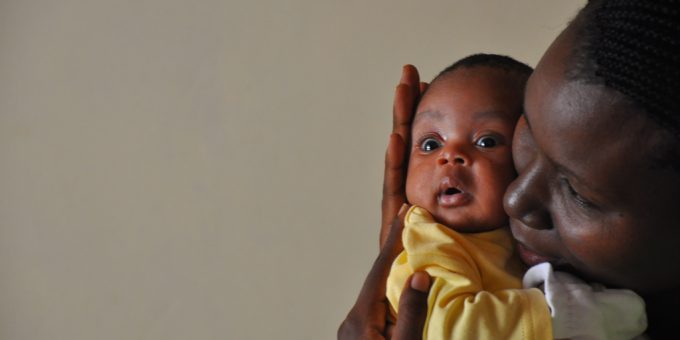Fewer Kids, More Equality
Families are diverse, especially in terms of structure: married versus single parents, same-sex versus different-sex couples, and so on. And scholars have long tried to find the specific differences that are most likely to hinder families’ ability to attain higher social status.
In a recent Demography article, Tony Fahey considers a different kind of diversity: difference in the size of families. Since the Baby Boom (1946-1964), when the number of children Americans had spiked upward, families have become more alike as the number of siblings a young person is likely to have largely evened across families. There is now a much smaller range of family size variation.
Fahey calls this demographic shift and its associated family structure convergence the “Sibsize Revolution” and finds that the effect has been especially pronounced among low-income and Black families.
It is still unclear what effect sibling group size has on a child’s personal outcomes, though some research suggests that competition for resources in large families disadvantages all children. This could mean that an across-the-board decrease in larger families might be a net gain for child outcomes—and its pronounced change among disadvantaged families might help reduce American inequality.

